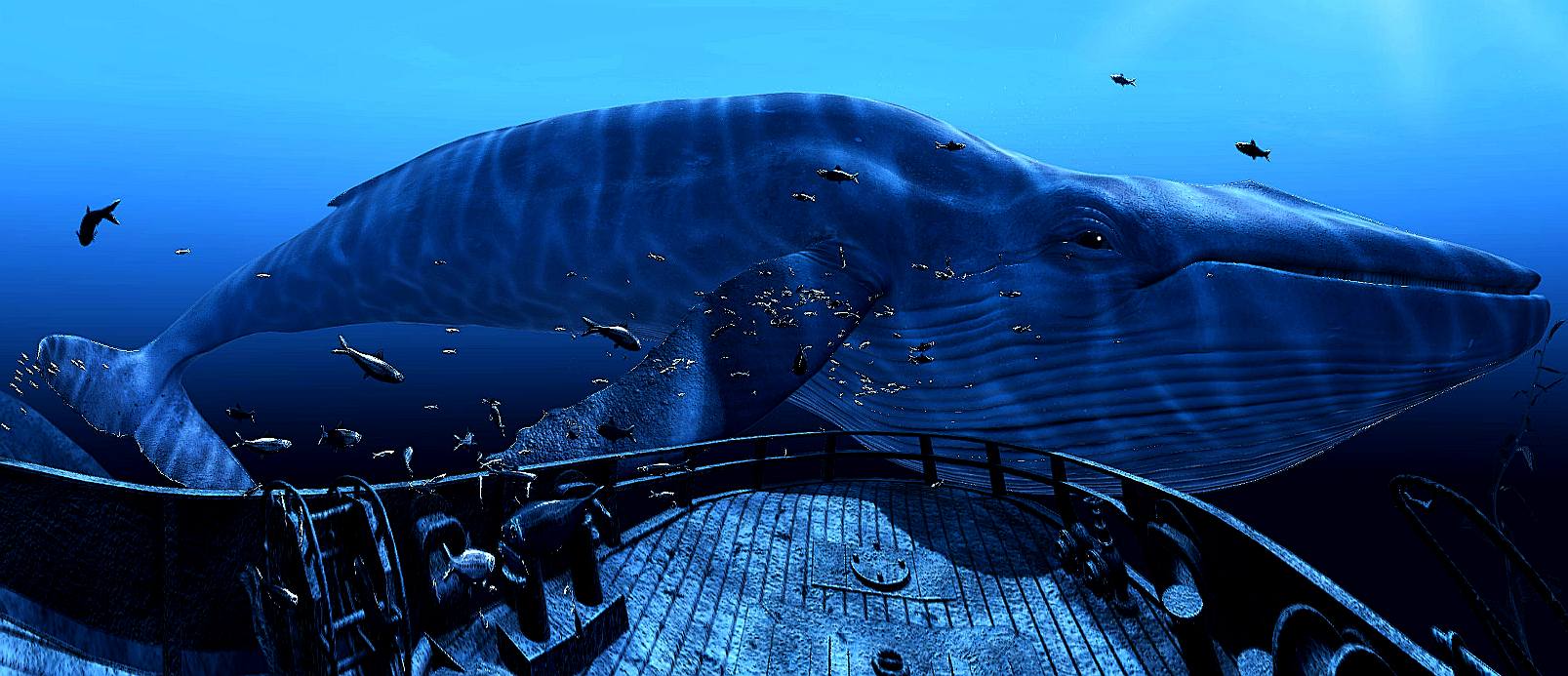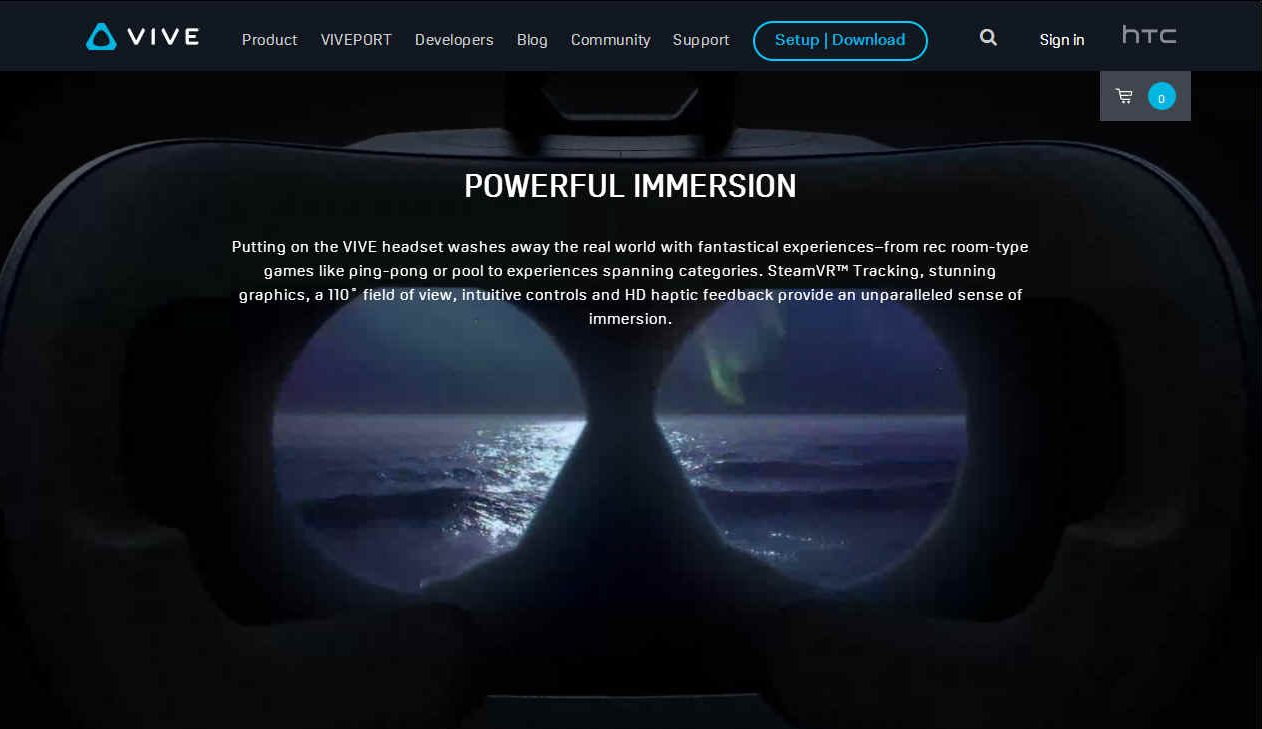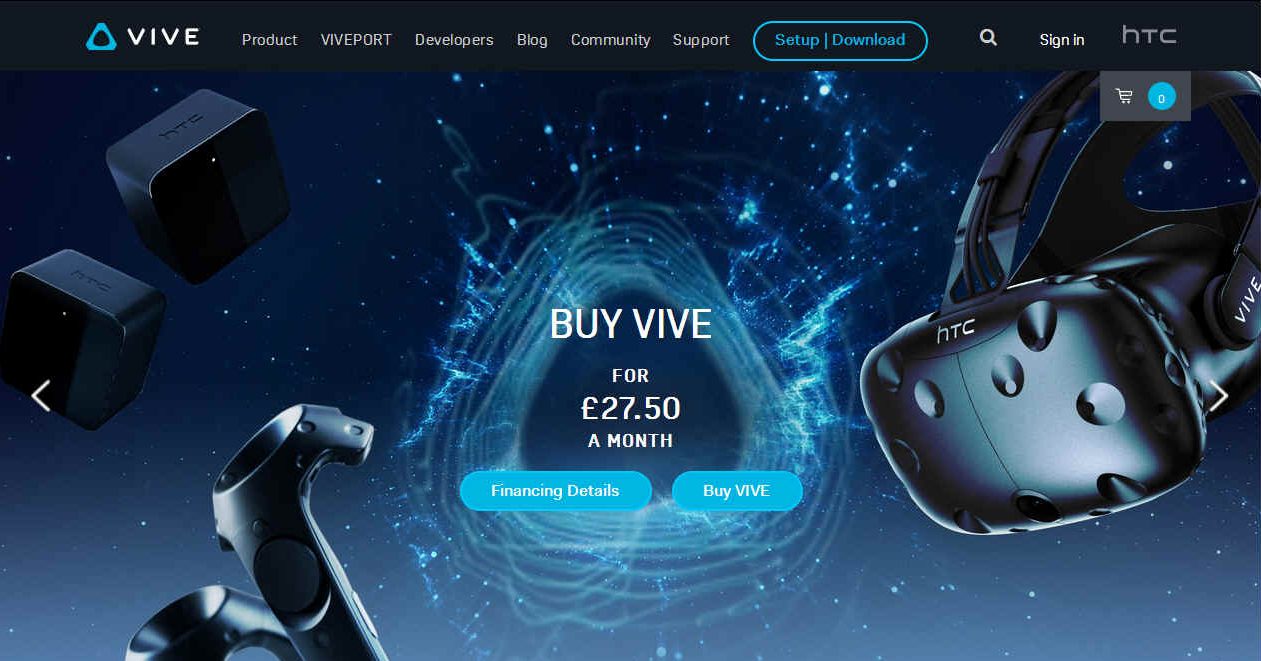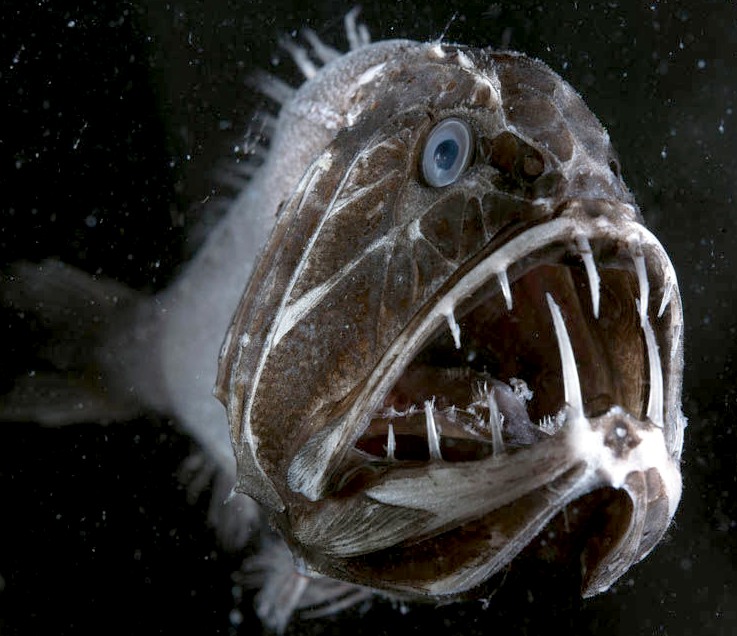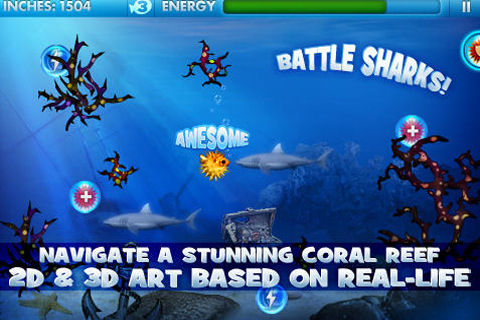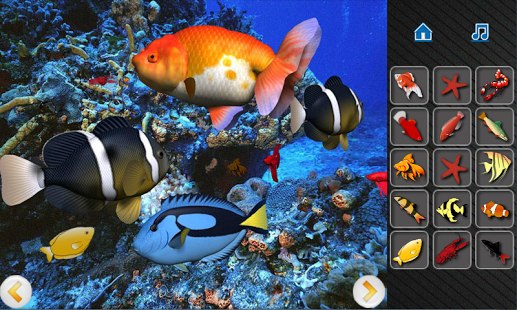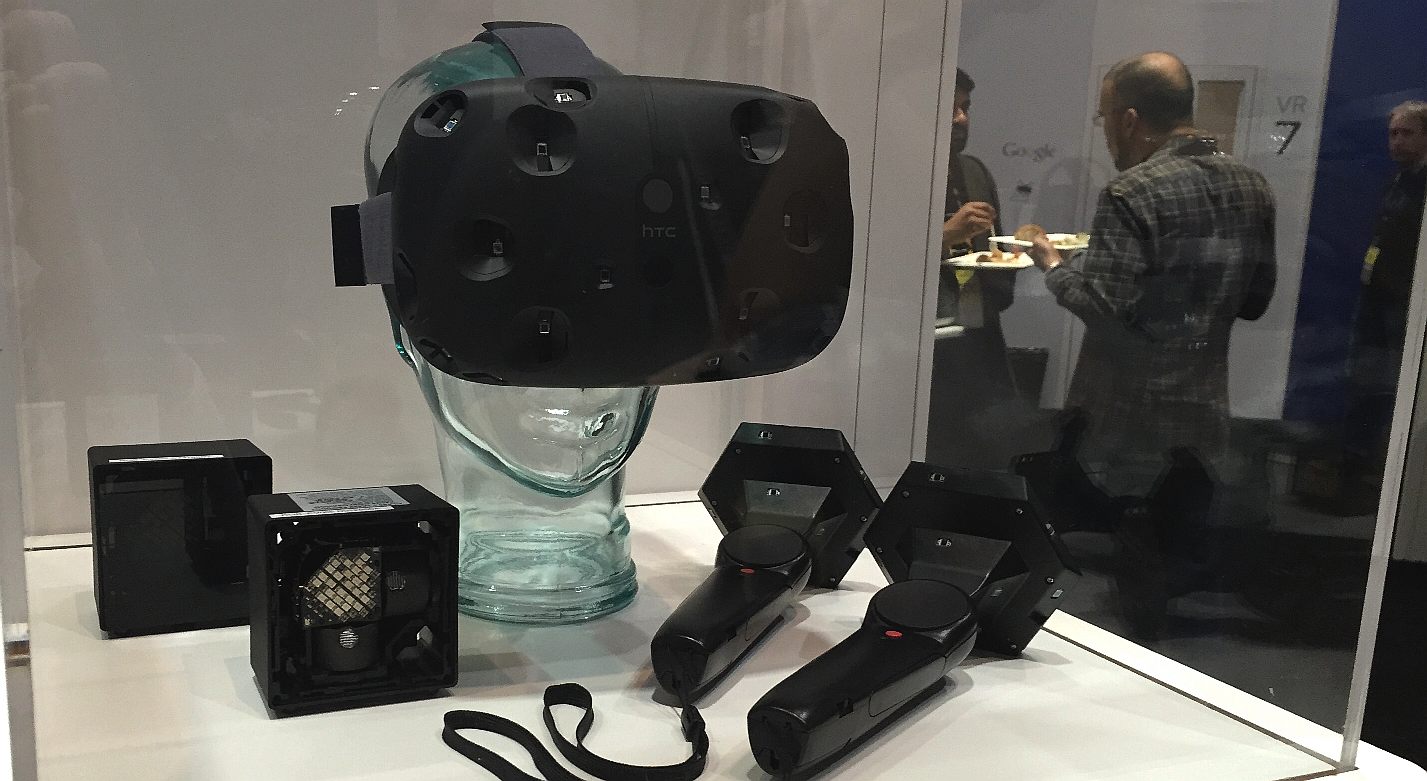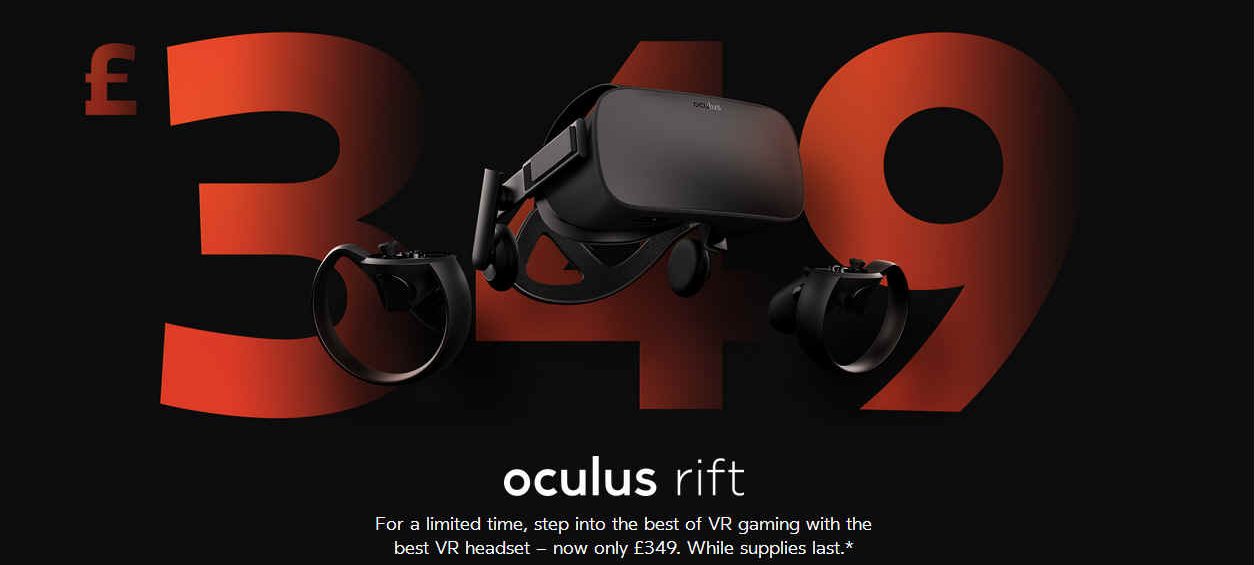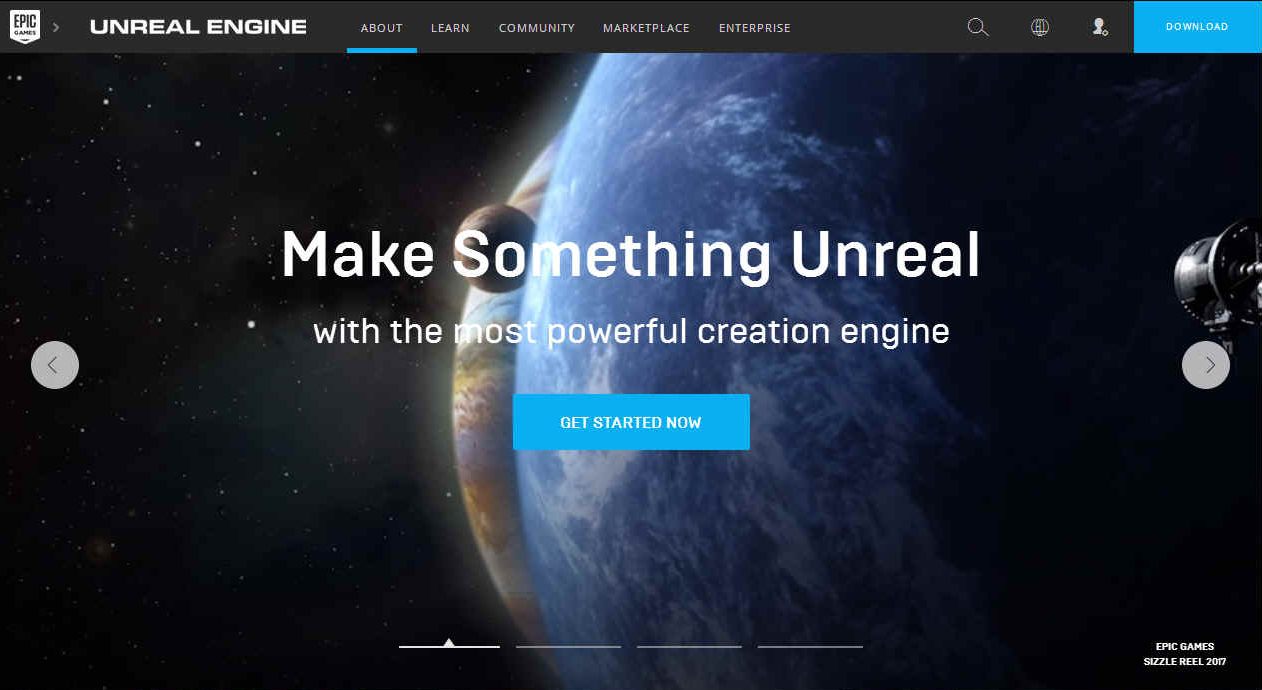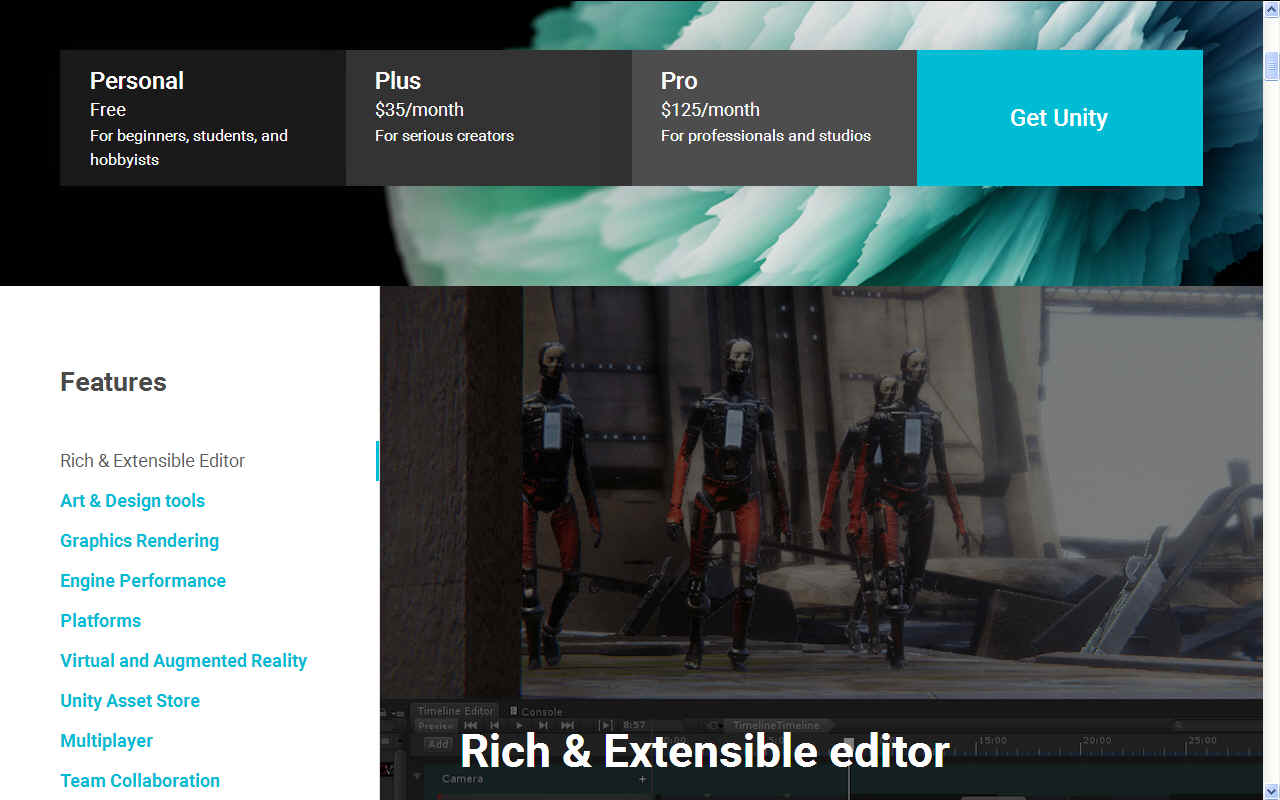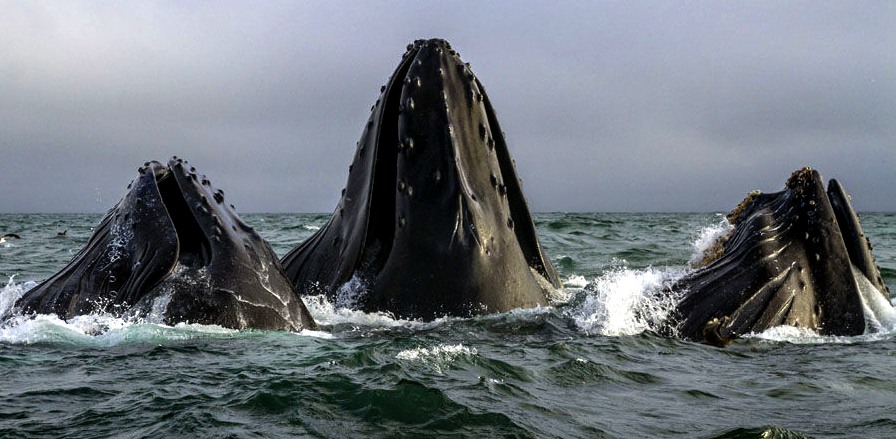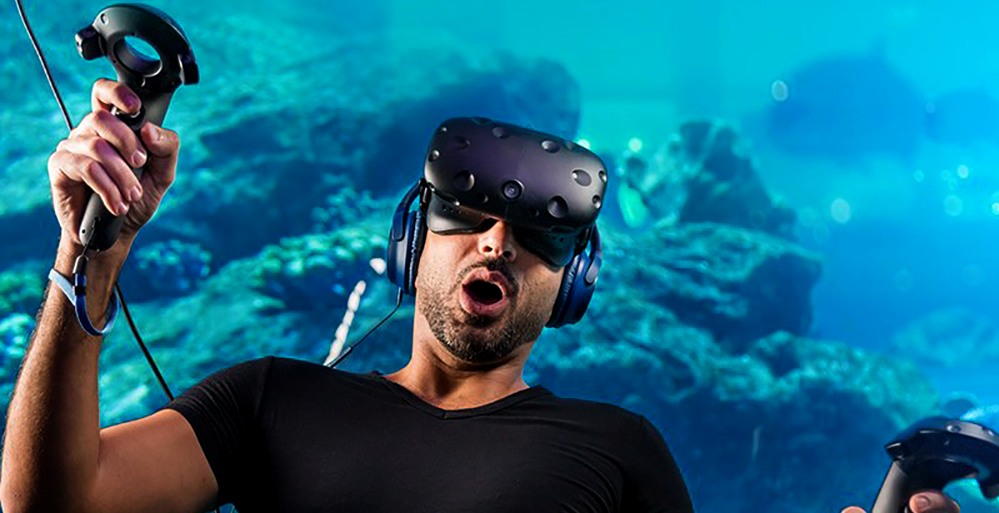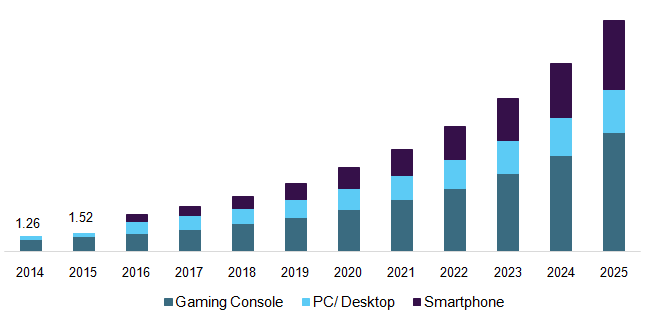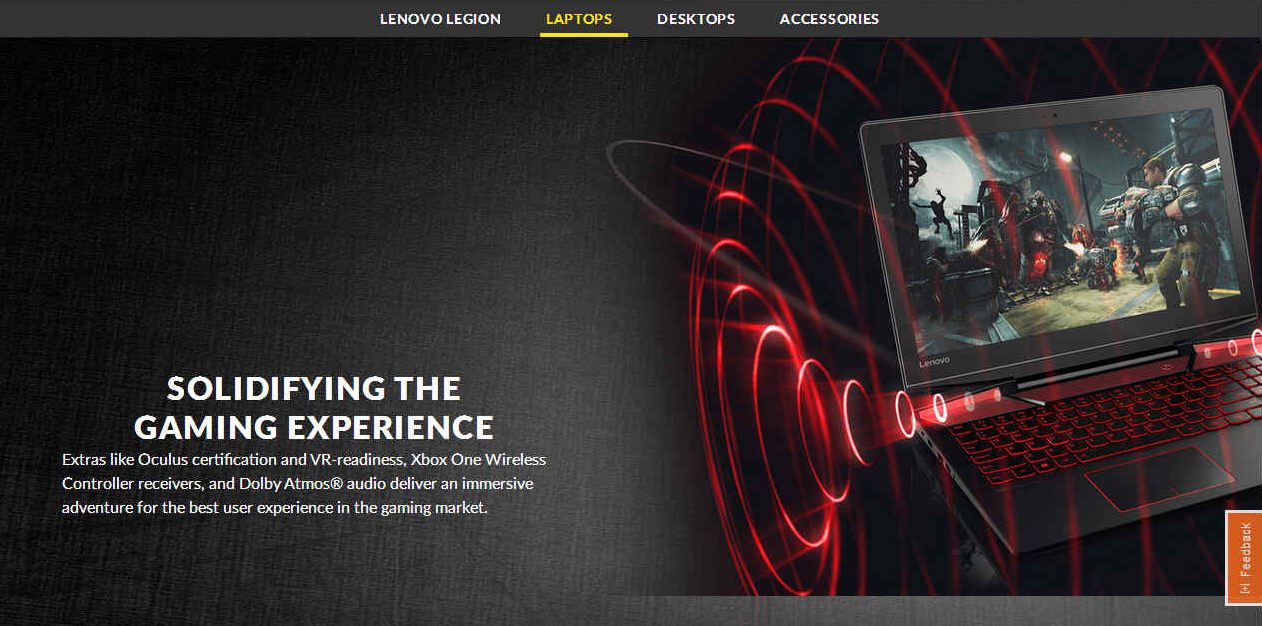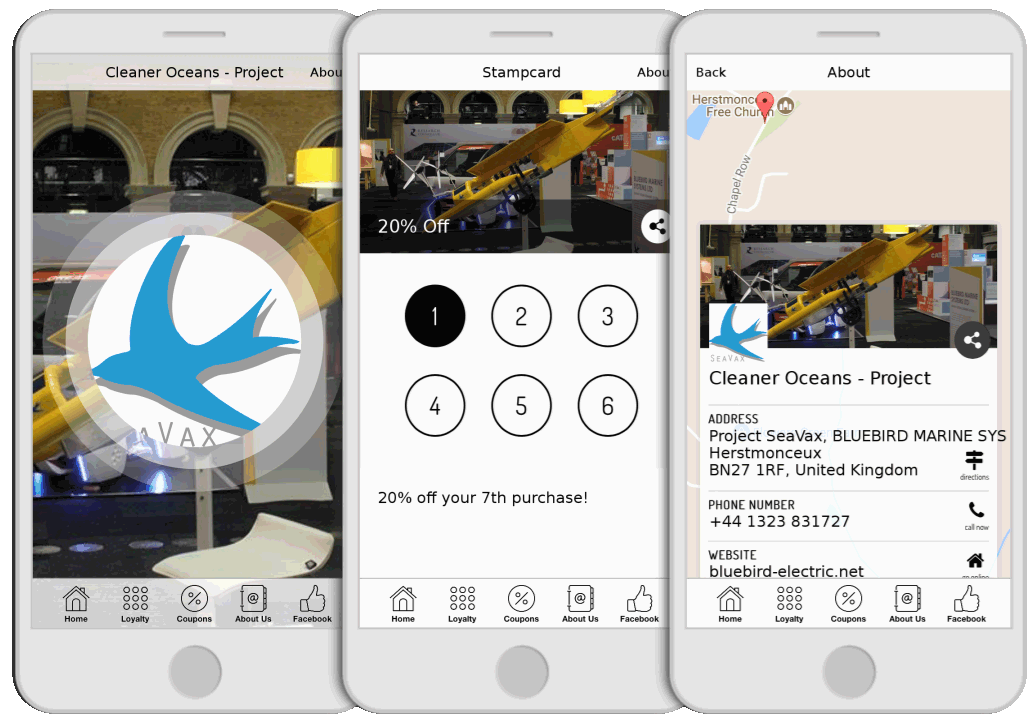|
A VIRTUAL OCEAN EXPERIENCE
ABOUT - CONTACTS - DONATE - FOUNDATION - HOME - A-Z INDEX
OCEAN DEMO: "The demo starts, and I’m suddenly standing on an underwater shipwreck on the ocean floor. Fish are swimming around me, and I see the shadow of a manta ray cross the boat. I look up and see a small school of manta rays swim by. I turn around again and see a giant blue whale approach the ship and slow down, just to greet me. We have a small staring contest. I’m pretty sure I win because the whale swims away."
We all love visuals, whether an adult or child. With virtual reality you can enjoy a field trip under the sea without ever leaving the lecture hall or classroom - or putting on a wet suit. Teachers can also show things about animals and biology that you cannot convey on paper or using pictures, by taking students of all ages to those places that you cannot go to safely in real life, in virtual settings that are interactive and comfortable - even if the virtual world gets the heart pounding at times.
To make it even more fun, if your audience is up for it, they can complete a mission in the face of awesome odds using the latest headsets and hand controls. The ultimate goal is to leave ocean visitors with a virtual first-hand experience and the inspiration to protect the magnificent creatures they have just befriended and maybe even saved from the menace of plastic or discarded fishing tackle.
Whales, dolphins and sharks regularly become entrapped in fishing lines and nets, while turtles suffer from plastic bag strangulation, straws and beer can packaging. You can save them in virtual reality and watch them swim away, rescued from a slow and agonizing death.
What makes all of this possible is the rapid advances in digital technology and computing power that was mostly developed for gaming and film making. Computers have rapidly increased in power, with graphics handling capability that allows designers to create vibrant settings and sea creatures that seem real.
The objective for the proposed 'Virtual Ocean' is to promote awareness of the growing plastic pollution problem that the world is facing, potentially causing food insecurity, where fish stocks are dwindling due to many factors, not least of which is the toxin laden gyres which are prevalent in every ocean and sea.
We would like to see visitors to our stands at various venues in the UK (to begin with) able to enjoy a close up and personal encounter with the animals that they are looking to protect from human pollution. If you or your corporation would like to support this work, please contact Andrew or Briggette on: conservation @ miss-ocean.com
AFFORDABLE - Game and film making use the same software to produce backgrounds for their actors to play out their parts. The advent of headsets and hand controls with high picture quality and 3D sound means that virtual reality has virtually become a reality.
The best 3D
experiences are those with intriguing background themes and a storyline that appeals to audiences and perhaps makes them want to visit the sub-aqua playground again. Deciding on the type of landscape, characters and scenery elements should be to create a roadmap for all visitors to follow and ensure that their tour is rewarding and
informative, maybe leaving more to be discovered.
2D GAMES
Far removed from virtual reality, a complementary phone game built for IOS and Android might be an introduction tool as players who like the marine theme work up to mid-level PC gaming and finally the 3D undersea world. Such a game may feature SeaVax cleaning up the world's polluted oceans when the fish nearby become bigger and people happier.
VIVE:
The HTC Vive is a virtual reality headset developed by HTC and Valve Corporation. The headset uses "room scale" tracking technology, allowing the user to move in 3D space and use motion-tracked handheld controllers to interact with the environment.
The HTC Vive was born out of a partnership with Valve, one of the most important gaming companies in the industry: Valve runs the Steam store, which is the biggest distribution platform for online games, and the company is also famous for making several critically-acclaimed games, including the “Half-Life” series. HTC, of course, makes consumer technology products, including the gorgeous HTC One smartphone line.
RIFT
- The Oculus Rift is a virtual reality headset developed and manufactured by Oculus
VR, a division of Facebook Inc., released on March 28, 2016.
In May 2015, Oculus VR announced "recommended" hardware specifications for computers utilizing Oculus Rift, specifying a CPU equivalent to an Intel Core i5-4590, at least 16 GB of RAM, at least an AMD Radeon R9 290 or Nvidia GeForce GTX 970 graphics card, an HDMI 1.3 output, three USB 3.0 ports, and one USB 2.0 port. Oculus VR stated that these requirements would remain in force for the life of the first consumer model. The company also stated that while upcoming discrete GPUs for laptops may be able to reach the required performance for Oculus Rift, systems which switch between integrated and discrete graphics may not handle output in a manner that supports the device. Oculus Rift only supports 64-bit versions of Microsoft Windows 7 SP1 or later.
UNREAL -
The Unreal Engine is a game engine developed by Epic Games, first showcased in the 1998 first-person shooter game Unreal. Although primarily developed for first-person shooters, it has been successfully used in a variety of other genres, including stealth, MMORPGs, and other RPGs. With its code written in C++, the Unreal Engine features a high degree of portability and is a tool used by many game developers today. It has won several awards, including the
Guinness World Records award for "most successful video game engine."
On September 3, 2014, Epic Games launched the Unreal Engine Marketplace, allowing UE4 subscribers to buy and sell community-created content of all shapes and sizes. In addition to all of the previously released free content, the new marketplace came with a variety of asset packs including full-scale environments, props, characters, sounds, materials, animated meshes, prefab C++ code and a number of other asset types as well as free demos and tutorials.
UNITY -
Unity is an multipurpose game engine that supports 2D and 3D graphics, drag and drop functionality and scripting using C#. Two other programming languages were supported: Boo, which was deprecated with the release of Unity 5 and UnityScript which started its deprecation process in August 2017 after the release of Unity 2017.1.
Vive
Controllers - The wireless controllers are the hands of virtual reality, making a more immersive experience for the user. The controller has multiple input methods included a track pad, grip buttons, and a dual-stage trigger and a use per charge of about 6 hours. Across the ring of the controller are 24 infrared sensors that give the base station the location of the controller. The Steam VR Tracking system is used to increase the connection of the controller by giving wireless real time feedback of 360 degrees to the host.
INDUSTRY INSIGHT - The global Virtual Reality (VR) gaming market size was estimated at USD 4.29 Billion in 2015. Factors such as growing demand for latest technologies in electronic games by the younger generation, rising disposable income of buyers in the emerging countries, and increasing competition for developing VR technology in computerized games have boosted industry growth.
MARKET FORECASTS
Companies developing virtual reality devices and wearables are mostly start-ups and are using the crowdfunding platform to raise funds for VR projects. Some of the prominent industry players are Linden Labs, Electronic Arts, Facebook/ Oculus, Samsung Electronics Co. Ltd., Google Inc., HTC Corporation, Virtuix, Leap Motion Inc., Telsa Studios, Qualcomm Inc., VirZoom Inc., and Lucid VR. The companies are developing accessories ranging from motion sensing devices to arms, gloves, treadmills, and full bodysuits.
DEVICE
INSIGHTS
LENOVO - The VR-ready Lenovo Legion Y920 Tower is for the most serious PC gamer. This fully-stacked machine runs on Windows 10 and houses 7th Generation Intel® Core™ i7-7700K quad-core processors designed to run the most demanding applications, from visceral first person contacts to atmospheric underwater simulators at optimum, uninterrupted speeds. The visuals are powered by up to a NVIDIA® GeForce® GTX 1080 8GB graphics card, one of the leading GPUs on the market. It offers exceptional visuals to future-proof the machine to tackle the sequels of today’s chart topping VR. The Lenovo Legion Y920 Tower has optional 32GB 2800Mhz CORSAIR® VENGEANCE® LPX overclockable DDR4 memory and optional integrated Asetek® liquid cooling to overclock your CPU. This helps with increased frame rate stability, smoother gameplay, reduced system noise and motherboard stress, so your interaction with undersea animals will be seamless.
LINKS & REFERENCE
https://unity3d.com/ https://www.unrealengine.com/ https://en.wikipedia.org/wiki/Unity_(game_engine) https://en.wikipedia.org/wiki/Unreal_Engine https://en.wikipedia.org/wiki/HTC_Vive https://www.businessinsider.com.au/htc-vive-virtual-reality-demo-first-impressions-2015-7 https://www.vive.com/uk/
This website is provided on a free basis as a public information service. copyright © Cleaner Oceans Foundation Ltd (COFL) (Company No: 4674774) 2019. Solar Studios, BN271RF, United Kingdom. COFL is a charity without share capital.
|
